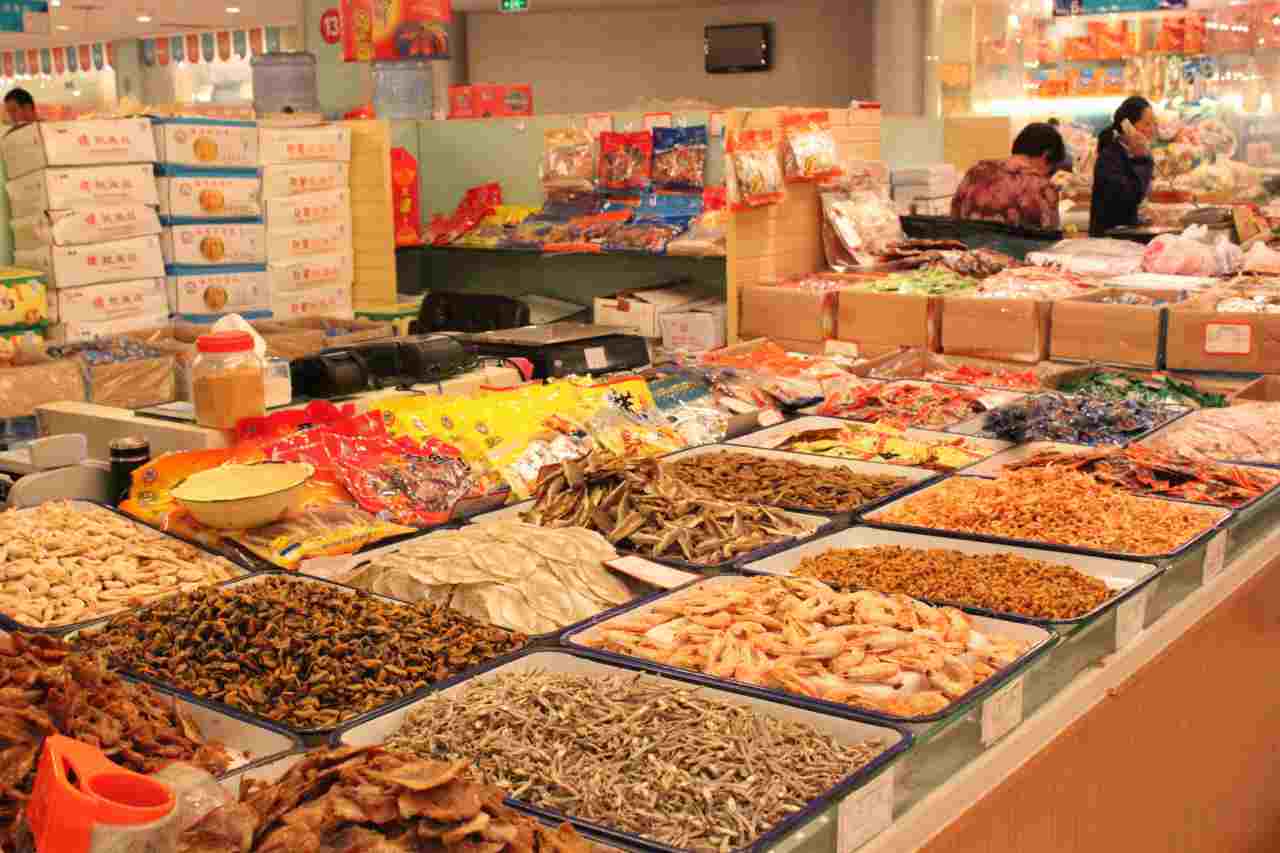
Fresh goods refer to fresh vegetables, fruits, fish and shrimps, etc., in contrast to dry goods, which generally refer to condiments and foods that have been dried by air or air-dried. Dried goods are mainly divided into eight categories: dried fruits, dried vegetables, seasonings, grains, beverages, Chinese medicinal materials, preserved fruits, and seafood. Among them, seafood is rich in nutrients such as moisture, protein, and fat. If it is not processed, it is difficult to store it at room temperature for a long time. Therefore, dried food can be stored and transported conveniently, and it can prevent the food from spoiling or spoiling due to improper storage.

The storage of dry goods is very particular. Although these raw materials do not need to be stored in refrigeration, they should be stored in a cool and ventilated place, and it is best to avoid direct sunlight. When the better temperature of dry goods warehouse is between 18℃~21℃, the storage time of dry goods will become longer. If the indoor temperature can be controlled at about 10°C, the storage time will become longer, and there will be fewer mold and deterioration problems. At the same time, the humidity around dry goods is best to be between 40% and 60%.
Indeed, in a high-humidity environment, the hazards of moisture to dry goods are mainly manifested in the occurrence of damp, soft, moldy, deliquescent, and even inedible phenomena. If the relative humidity of the environment is greater than 60%, mold can grow. When the temperature is between 20°C and 35°C and the humidity is between 75%-95%, the mold can grow explosively. Then, at this time, using an industrial dehumidifier to reduce the air humidity can effectively inhibit mold and prevent dry goods from getting damp.
The dry goods should be dried before being stored in the warehouse. If the dry goods are damp and the weather is bad and cannot be dried naturally, you can put the dry goods in the warehouse and use a dehumidifier to dry them to prevent insects and mold.
A large number of dry raw materials and finished products are stored in factory warehouses. The most feared thing in warehouses like this is humidity, and the requirements for environmental temperature and humidity are relatively high. If the moisture-proof and dehumidification measures are improper or not done well, it will cause a large area of damp, mildew and deterioration. In particular, some warehouses in the south or near rivers, seas and lakes are more affected by moisture and are more prone to moisture problems.
In order to prevent moisture and dehumidify well, some enterprises adopt methods such as placing desiccant and quicklime in the warehouse, but the moisture-proof effect is minimal, and the moisture problem is still very serious. With the advancement of science and technology, the most scientific method of moisture-proof and dehumidification is to configure an industrial dehumidifier according to the actual warehouse area to quickly and effectively dehumidify and control the temperature, and control the air humidity in the warehouse within the range of 40%-60%. At this time, it is difficult for moisture to accumulate in the warehouse, so that the warehouse always maintains a relatively dry and dry state, ensuring the storage quality of dry goods.
Naisida dehumidifier focuses on the research and development of dehumidifiers, continuously explores various technologies to improve dehumidification efficiency, continuously upgrades products, and covers multiple fields to provide customers with more satisfactory products.


Mobile phone:13929191085 13422006435
E-mail:835727061@qq.com QQ:835727061
Address Factory:No. 28, Beihu 1st Road, Luocun, Shishan Town, Nanhai District, Foshan City